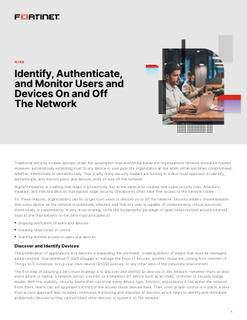Traditional security models operate under the assumption that everything inside the organization’s network should be trusted. However, automatically extending trust to any device or user puts the organization at risk when either becomes compromised, whether intentionally or unintentionally.
Digital innovation is creating new leaps in productivity, but at the same time creates new cybersecurity risks. Attackers, malware, and infected devices that bypass edge security checkpoints often have free access to the network inside. For these reasons, organizations can no longer trust users or devices on or off the network. A zero-trust strategy shifts the fundamental paradigm of open networks built around inherent trust to one that delivers on the zero-trust principles of:
* Ongoing verification of users and devices
* Creating small zones of control
* Granting minimal access to users and devices

